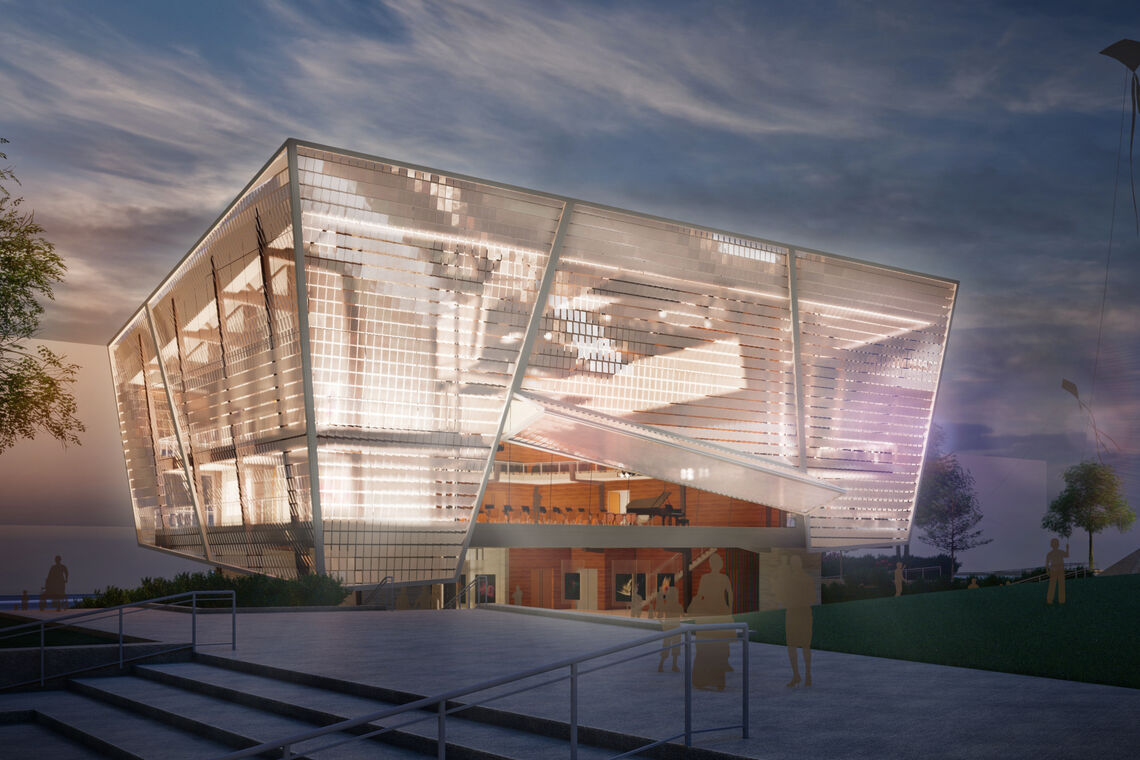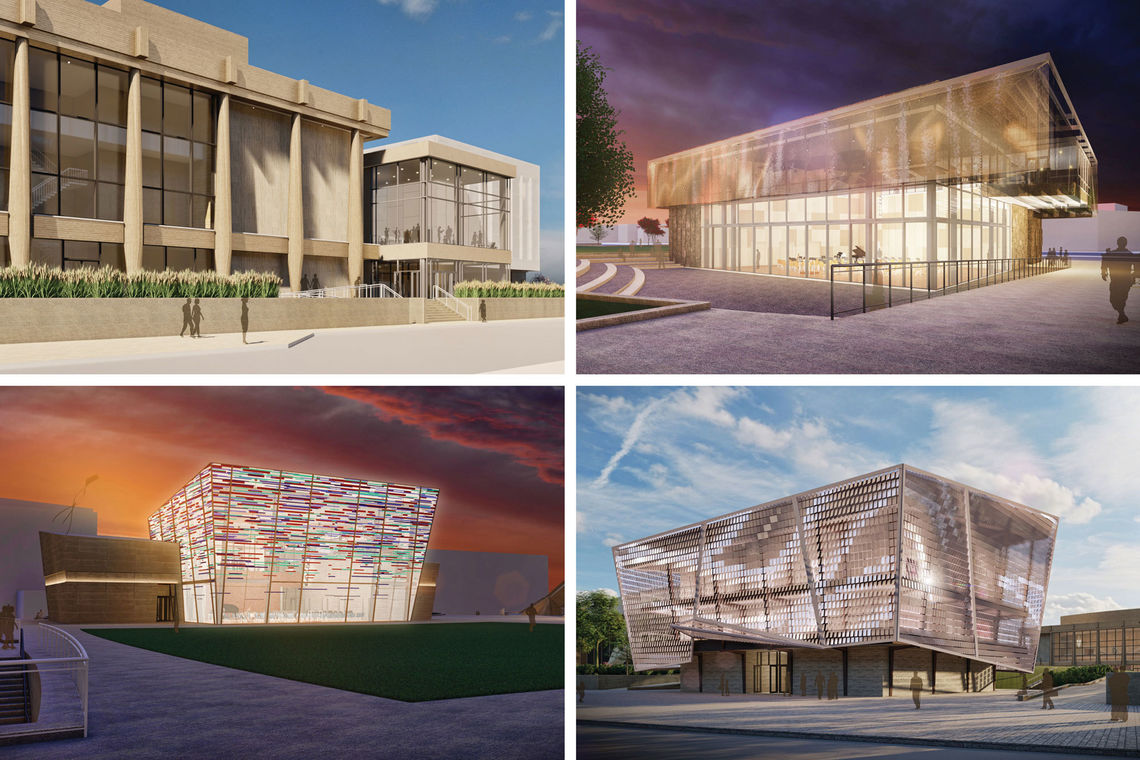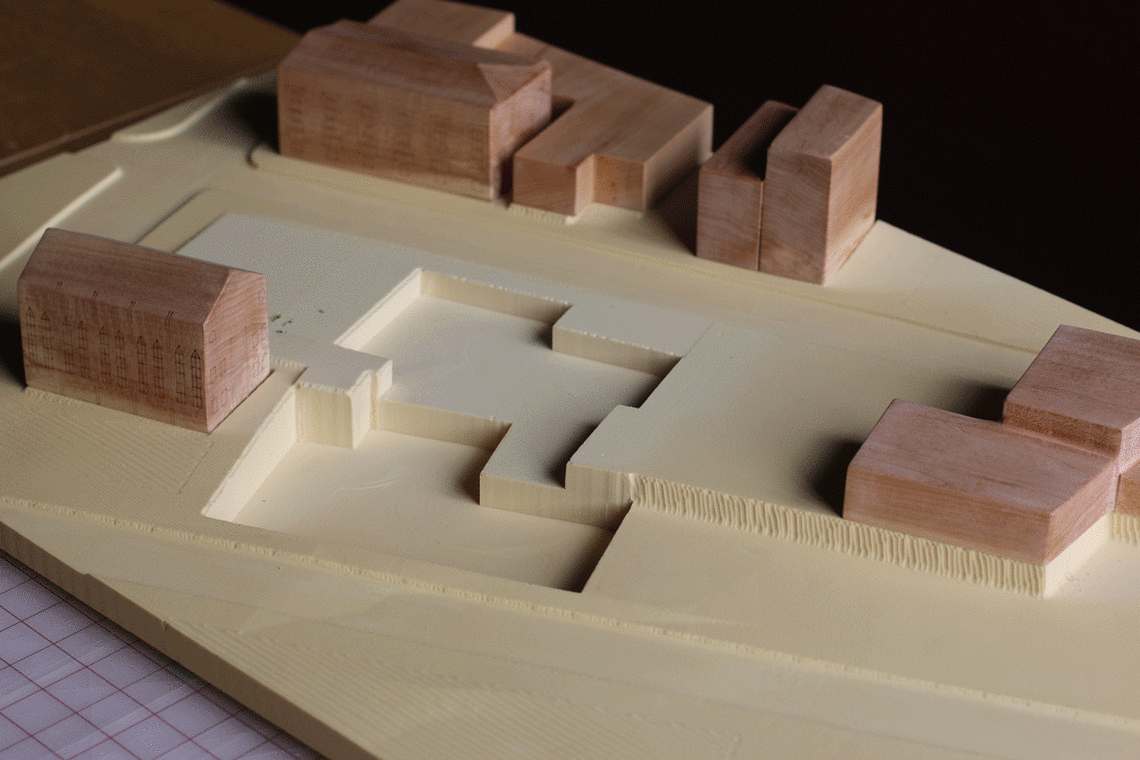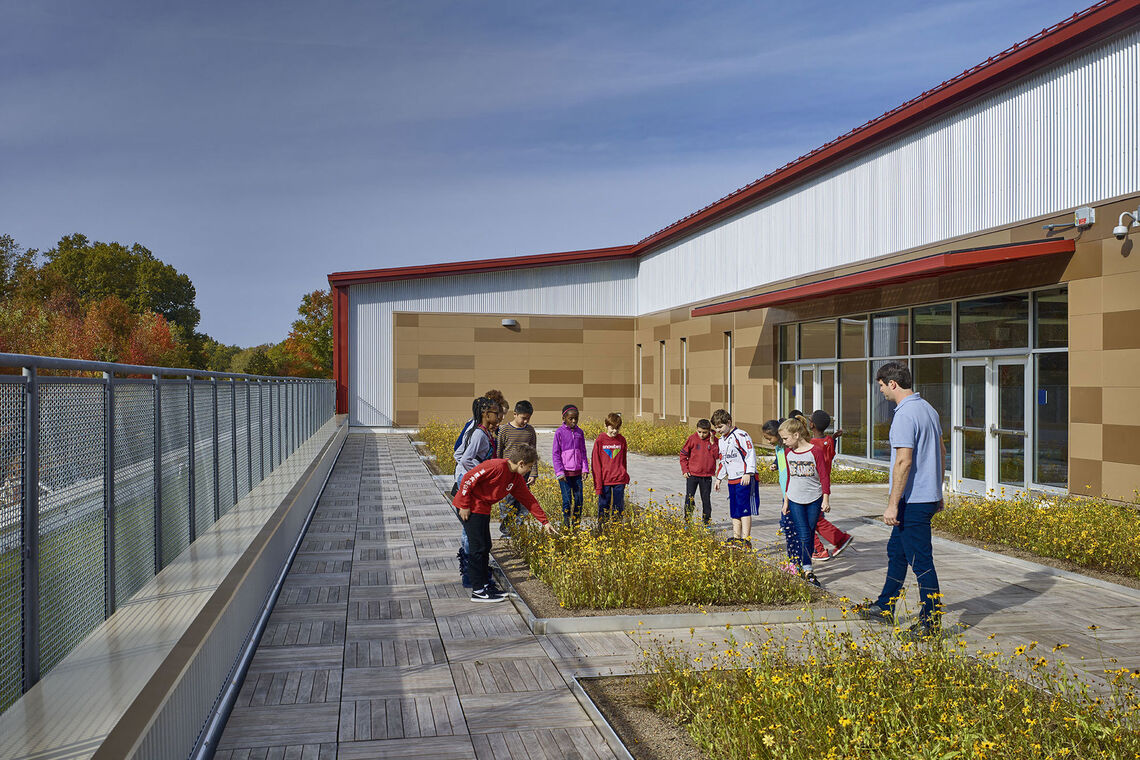Designers have seen immense and exciting technological shifts in the field of architecture over the past few decades.
GWWO was an early adopter of Revit, and as a firm we have never been complacent with technology. We are constantly researching and developing software and techniques that will amplify our design process and continue to move us forward. One of the most promising prospects within the field and our firm is computational design, and beyond to generative design, using the tools within Revit/Dynamo and Rhinoceros/Grasshopper.
If unfamiliar, computational design and generative design are centered around the idea that the computer we use to manifest designs is more than just a digitized version of the utensils we used to draft with. Computers can expedite aspects of the design process and in some instances, supplement a designer’s ideas. Buildings have become increasingly complex over the course of architectural history, and it has become almost imperative that we use computation as a digital aide to track, coordinate, generate, and analyze our ideas and designs. Here at GWWO, we have been utilizing computational design in some capacity for over a decade now, using tools to help generate tables and schedules to track and coordinate information. But as the technology within our office grows and computers become more powerful, we can analyze much more. Two of the most important things that we have begun analyzing in increasing depth are constructability and energy.
As CAD transitioned from two dimensions to three dimensions, it became much easier to tell if elements within the building clash (it should be noted, however, even with this new power, there is not a “clash-free building”). Elements are modeled to a certain level of detail that parallels, but is not a perfect representation of, how it will be constructed. This massive coordination assist allows the architect and construction team to work closely and resolve any potential problems quickly and effectively.
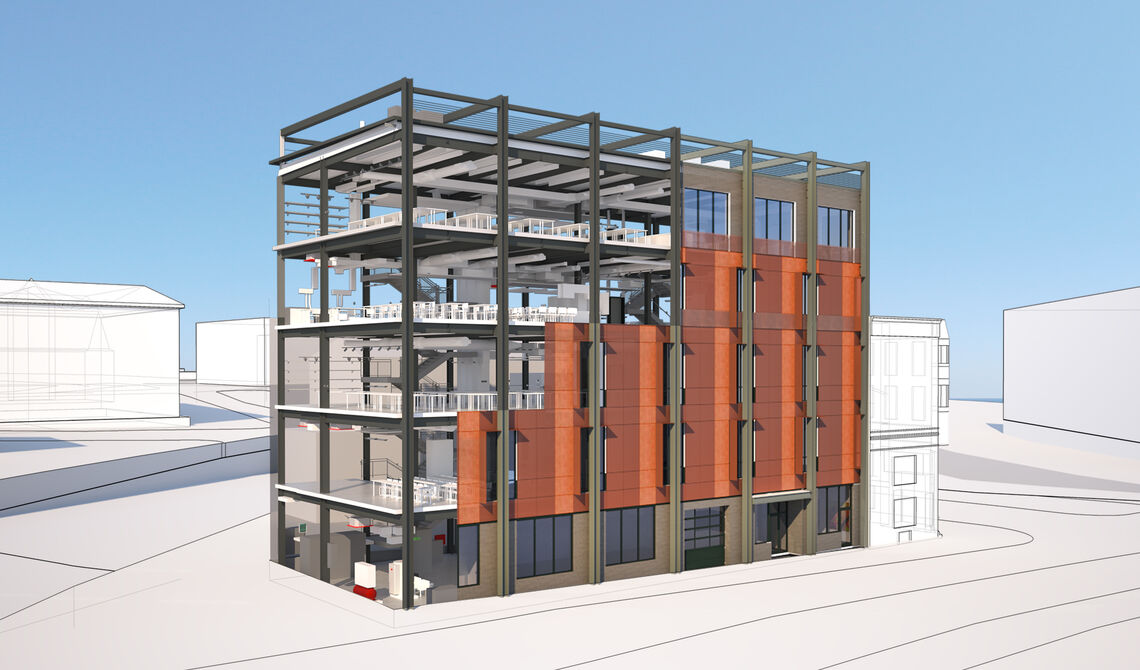
Another benefit to our clients is the ability to evaluate energy considerations early in the design process. No one ever wants a massive energy bill. Using the many tools available to us, we can look to optimize orientation on the site, location of spaces, and size and effectiveness of glazing to find the ideal balance. This allows us to adjust designs to help counteract increased heating/cooling, helps mechanical engineers to size equipment that is appropriate for the space, and provides cost savings to the owner. In one instance, on the recently completed Crofton High School, we used computational design to create a glass frit pattern that allowed a set percentage of daylight in, helping us control unwanted solar heat gain, while still allowing sightlines through.

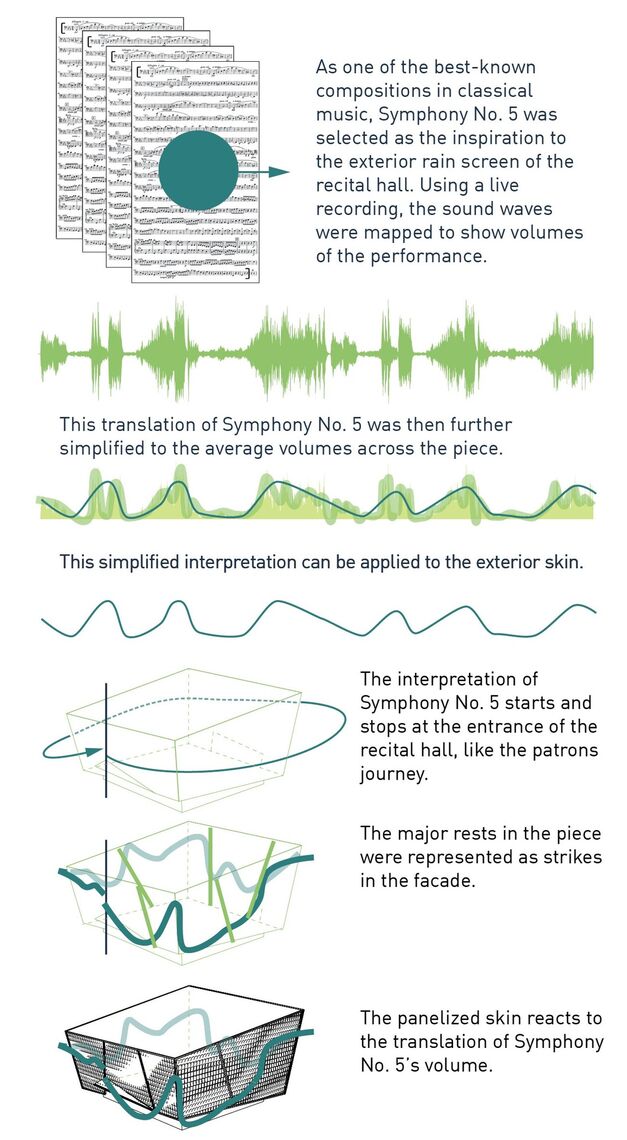
The largest application we have experimented with to date is the façade for the conceptual design of the Chrysler Recital Hall. Pairing symbiotically with our story-based design process, we used computational design to take an orchestral performance and its movements and visualize manifestation of sound around the building. The result was a series of panels that were angled based on their relation to the sinuous wave of the audio excerpt that was projected on to each face. These subtle rotations across the façade created a way for orchestral music to be perceived and understood even when not engaged in a performance.

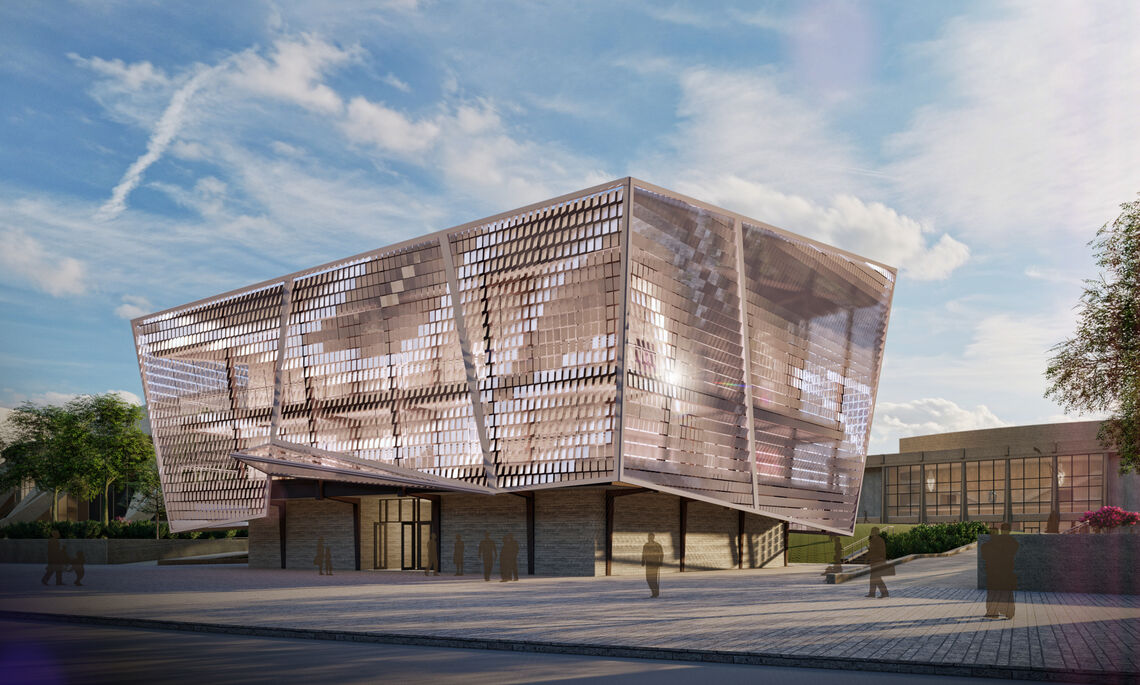
While computation design and generative design have had their applications expand within our firm, we are constantly striving to implement the best technology that will lead to the best end-product for users. We look forward to sharing our next update and all the new, exciting ways we have found to provide creative solutions to our clients.
